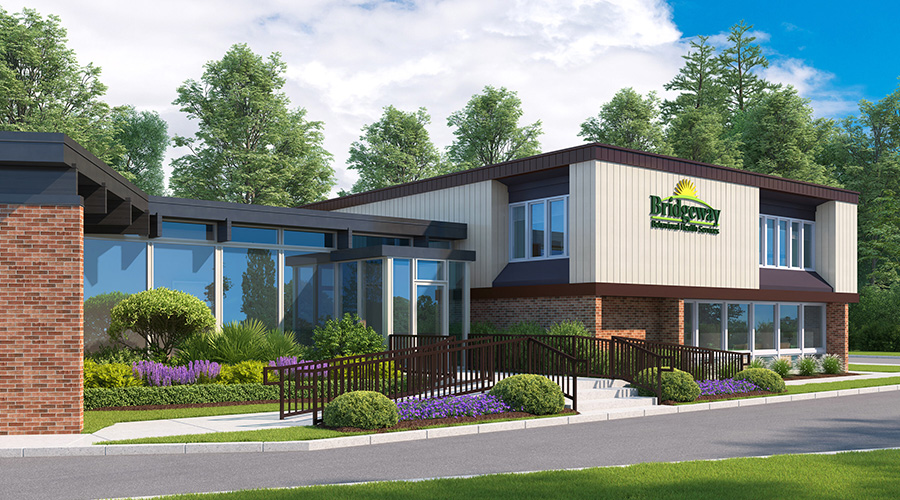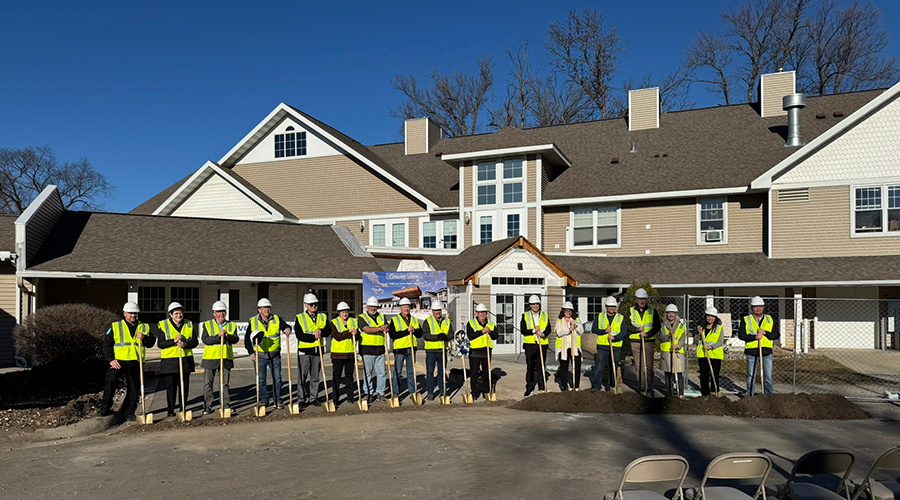The role of in-house facility managers has expanded in many organizations in recent years as it becomes clear that managers and their teams have experience and knowledge that is critical for the success of both facilities and organizations. This expanded role is evident in healthcare organizations that increasingly rely on managers to participate in major decisions, including the design of new facilities.
For Jiayin Li, understanding the role of in-house teams is part of her preparation for a career in healthcare facilities design. A junior at Cornell University, Li is the 2025 recipient of the International Interior Design Association’s New York Chapter’s Hazel Siegel Scholarship. She recently discussed her ideas on healthcare design with Healthcare Facilities Today.
HFT: What areas of healthcare facilities do you believe will benefit from greater attention to design?
Jiayin Li: Healthcare facilities can benefit greatly from embracing sustainable design — not only in terms of reducing environmental impact but also in enhancing long-term operational efficiency. The healthcare sector is one of the most resource-intensive, with buildings that consume vast amounts of energy and materials daily.
These environments are uniquely challenging, with high-performance demands and complex supply chains that make it difficult to implement change. However, sustainability holds immense value when considered at every stage of the design process—not just in hospitals, but across all areas of interior design, including commercial spaces and educational institutions.
One of the reasons I chose to come to Singapore is because the city functions as a living laboratory for sustainable design strategies. Here, I had the opportunity to travel out of the lab, visiting places like the Gardens by the Bay, with its integrated rainwater harvesting system and vertical greenery.
I also see a range of buildings, from hotels to everyday structures, covered in biophilic elements. These buildings incorporate extensive solar panels and high-efficiency air conditioning systems, reducing energy consumption while enhancing occupant well-being. Such holistic, sustainability-driven approaches redefine the role of architecture and will benefit hospitals and other spaces as active contributors to public health.
HFT: In your experience, what is the role of the in-house facilities management team in the healthcare design process?
Li: I believe that facilities management teams are often the silent backbone of healthcare environments. They keep systems running smoothly — from sanitation and maintenance to equipment logistics — and play a crucial role in ensuring operational efficiency and effective communication at the heart of patient care.
Related Content: Design Plays a Role in the Future of Healthcare
During my recent work on medical device interface designs, I was reminded of how important usability is across diverse user groups. In Singapore, I’ve heard many refer to facilities staff as uncles and aunties — a term of respect and familiarity — many of whom prefer interfaces that are intuitive and easy to adapt, rather than complex systems that create unnecessary barriers.
Rapidly aging society is a common phenomenon in Asia, as the workforce continues to age. This shift should be a key consideration for designers. I believe these teams should be involved earlier in the design process as the users of the space. Their hands-on experience and practical insights are invaluable in determining what works in the realities of day-to-day healthcare operations. A more collaborative relationship between designers, clinicians and facilities staff can lead to environments that are not only functional but also sustainable, inclusive and adaptable over time.
HFT: What are your goals for your career in healthcare facilities design?
Li: My long-term goal in healthcare facility design is to help create environments that actively support healing, efficiency and inclusivity. I am committed to continuously learning from experts in the field and working in teams with like-minded peers to seek knowledge and impactful solutions.
In the near term, I am working toward earning an evidence-based design accreditation and certification credential to build research-informed healthcare decisions upon critical technical skills. This will allow me to translate credible evidence into meaningful design choices, enhancing patient outcomes and safety through more thoughtful systems and spatial planning. I also aim to seek out more health-focused design opportunities that will expand my knowledge of clinical workflows and the integration of emerging technologies into care environments.
Ultimately, I hope to build interdisciplinary expertise across healthcare, design and engineering, grounded in empathy and a deep understanding of human needs to shape environments that people of all ages, backgrounds and cultural contexts can trust with confidence for care and support.
Dan Hounsell is senior editor for the facilities market with Trade Press Media Group. He has more than 30 years of experience writing about facilities maintenance, engineering and management.
Editor’s note: This is part two of a two-part article.

 Healthcare Is the New Retail
Healthcare Is the New Retail Bridgeway Behavioral Health Services Launches Campaign to Renovate Health Center
Bridgeway Behavioral Health Services Launches Campaign to Renovate Health Center Ground Broken for New North Dakota State Hospital
Ground Broken for New North Dakota State Hospital AI Usage for Healthcare Facilities
AI Usage for Healthcare Facilities Ground Broken on Pelican Valley Senior Living Modernization Project
Ground Broken on Pelican Valley Senior Living Modernization Project